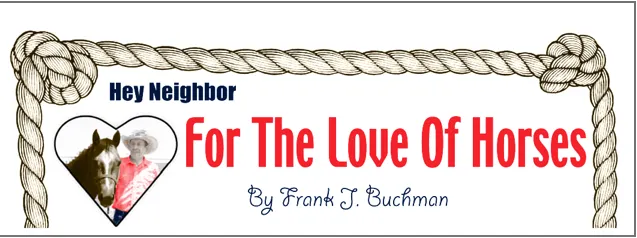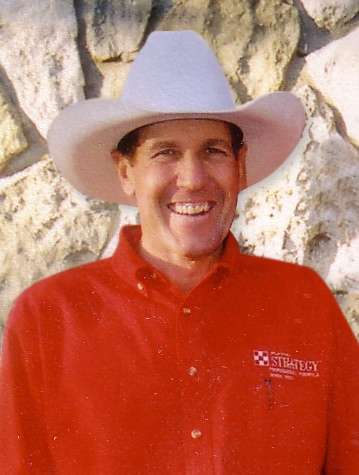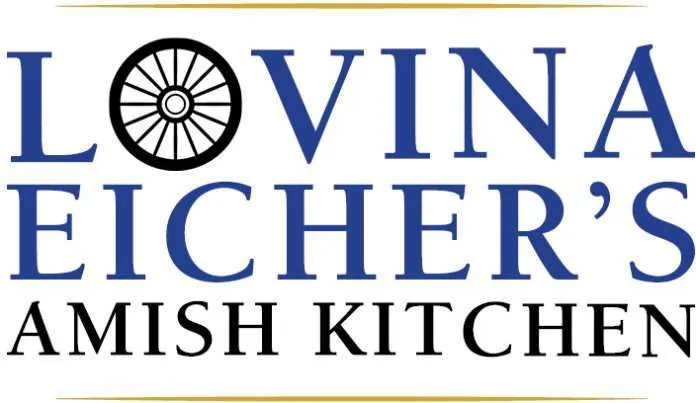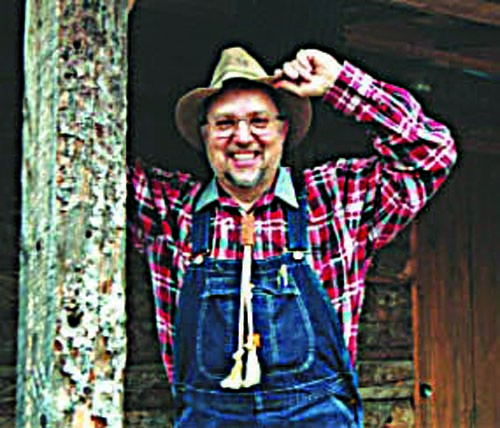The obituary was once a critical feature in newspaper publishing. Now it lives mostly online, the last words published about an individual, a finale that often leaves readers guessing.
Recent examples: A Salina man, 28, and an Ashland, Mo. woman (with Salina connections) died on March 24. A 54-year-old Beloit man died March 28. Each did well in school, enjoyed life, had many interests and hobbies, was popular and loved and had many friends. Large families, including grandparents, survive.
Their obituaries don’t mention a cause of death. This is the standard today, with exceptions for victims of a grisly crime or terrible disaster, but often not. News of the mass shooting, or the tornado that ripped through town names the victims but their obituaries say only that they died.
The fact of death escapes. Readers are told instead that a person gained his (or her) angel wings, or went to dance with the Lord, or went to be home with Jesus, or flew away to a heavenly place. The strong implication is that they are dead but the truth and reason for it is sidestepped.
This assault on reporting has evolved because most newspapers now charge for obituaries, one of the most vulgar and predatory practices in American journalism. This contrivance allows the family to provide the deceased’s obituary without the intercession of good reporting. It releases the newspaper from obligation to report the cause of death. And it’s a shameful way to make money.
*
When people are born they are given a place on this earth and in a family, one of great or limited affection, and they have people they adore and love and whom they worship. They have a place in the lives of others, to whom they may give fidelity and devotion. We expect that they will have a chance to acquire certain experiences, to learn about good and evil, to be vigilant of the best things in our humanity.
Over time, there is the chance to consider how and why a person’s life changes, the real possibilities of love and loss, sorrow and pain, the inevitability of aging and death.
Every life has at least one event worth recording and at least one story for the telling, if only at its death. Most obituaries remain conventional, uninspired. They pass up untold stories of special talent, unrivaled pursuits, longtime hobbies and more, taken to the grave with no mention. Even the greatest tragedy, the death of an infant, will hold powerful meaning worth more than a sentence.
But no newspaper, however flush with profits, has the staff or the time or the inclination to dig into the special events or tales of every soul delivered to its Maker. That few try any more, even occasionally, is another loss. (Enlightened obituaries are reserved for celebrities.)
*
Survivors are often reluctant to reveal why or how a person died, but the omission is even more curious when the deceased is too young for the presumption of “natural causes”.
Cause of death can be a delicate matter given, say, a debilitating battle with alcohol or dementia, and trickier yet if suicide is the cause. Even so, it is better for all concerned if a cause of death is reported simply, without dramatization or elaboration. It puts an end to rumors that otherwise
might grow and fester.
For the young who die, the need to know and report is even greater. Among life’s greatest cruelties is the death of a child; such a loss should never be dissolved without explanation.
Every life has value, from the first startled moments of infancy to the final breath of a long existence. No one is ever intended simply to disappear.










